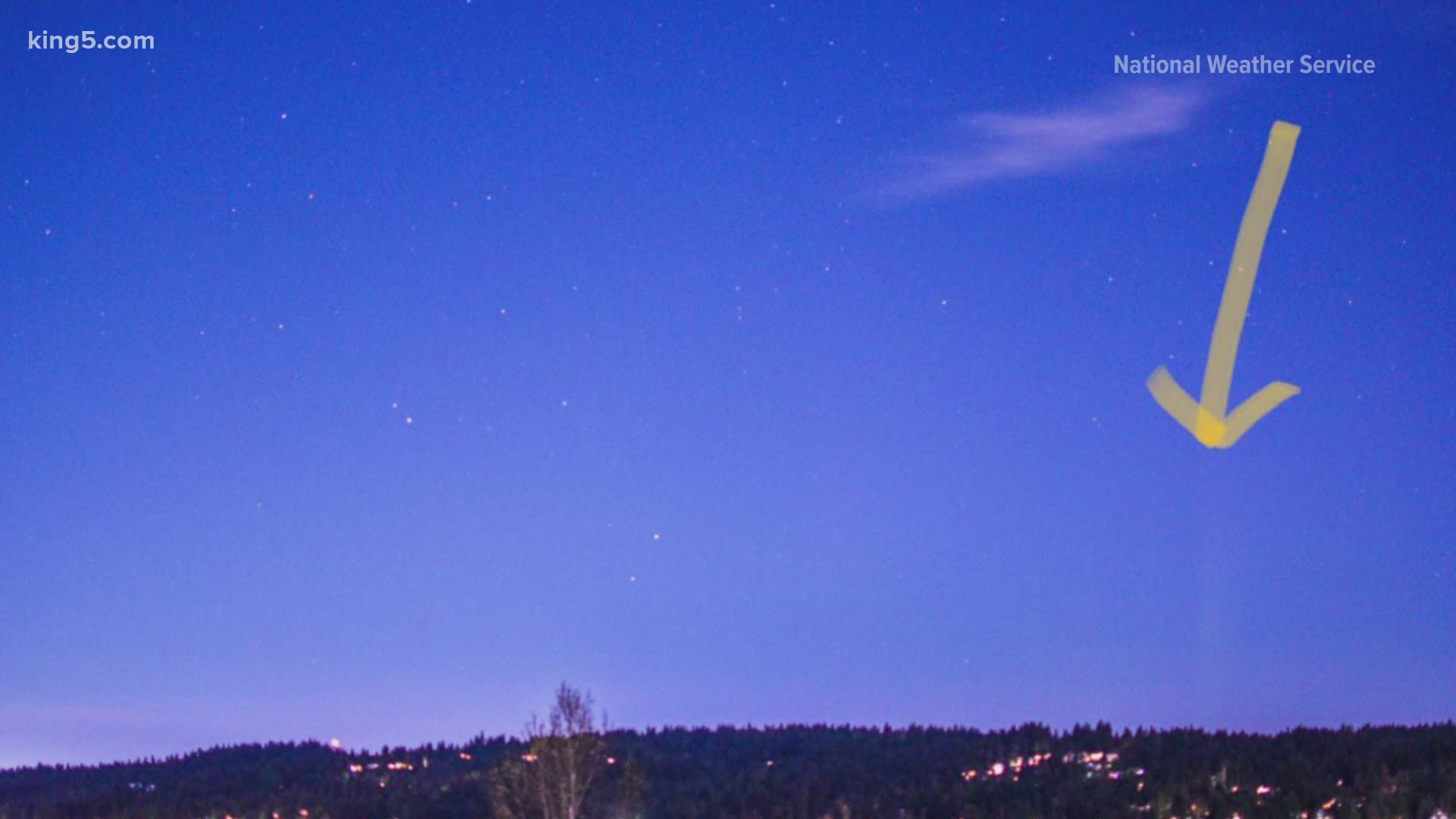

You can spot absolutely stunning aurora borealis displays in September or October, as well as March or April. So the season stretches from late August through to late April.

If your snowmobile or minibus or snowshoe search is unsuccessful then it is very often the people who brave the cold night rather than those who sneak off to a warm bed who have a tale to tell at breakfast time.Northern lights dance across the sky all year round, but we are able to see it only on a dark and clear night. The secret to seeing the Aurora Borealis is patience. Nevertheless, the optimum time seems to be around 9.30pm to 1am and that is when we concentrate the majority of our searches.Īs ever with Mother Nature, these things are impossible to predict and autumn 2014 has been unusual in that the lights have appeared earlier than usual and often, very often, billowed across the night sky into the very early hours. Once darkness falls, the Aurora can be visible at any time of day and we have seen them as early as 4pm and as late as 6am (that was quite a night!). Indeed, despite the sun not appearing above the horizon, even the shortest day, 21 December, brings three to four hours of grey/blue light which renders the Northern Lights invisible to the naked eye.

This immediately rules out daylight hours and, contrary to popular opinion, it is not pitch black in the Aurora Zone for the entire winter.

View Holidays Next: September and October September and Octoberįirst and foremost, to see the Northern Lights, the skies must be dark. From self-drive holidays in Norway, bear watching in Finland, whale watching in Iceland and “once-in-a-lifetime” Alaskan adventures, we hope that will provide all your holiday wishes. That’s why we have set up Artisan Travel to cater for people who want to see Scandinavia and North America during the summer months. It’s a remarkable thing to sit outside at midnight and still find yourself in broad daylight. From the fjords of Norway to the mountains of Sweden, from the lakes and forests of Finland to the countless geological features of Iceland, these landscapes are rarely better than when they are bathed in the 24 hour daylight of the summer months. Having said that, there is so much to see and do in Northern Scandinavia that 24 hours of daylight is actually rather welcome. To see the Northern Lights you need dark skies and from early-April until late-August, the Aurora may be blazing across the Arctic firmament but it is visible only to scientific equipment, as the skies are just too light for the human eye to see the show. View Holidays Next: April to August April to August The daylight hours will be stretching out by then so you’ll have to be prepared for some late nights but this can be a very rewarding time of year in The Auroral Zone. Combine this with slightly warmer temperatures and improving weather (with the possibility of less cloud cover) and you may feel compelled to go Aurora hunting in late-March or very early April. There is some speculation that the spring and autumn Equinoxes (around 20 March and 20 September) bring greater solar activity. A thick, pristine layer of snow covers the ground and, because most of the winter snow has fallen, it could be said that there are less snow clouds overhead to obscure the Aurora. Generally speaking, February sees the weather slowly improving and in March, the temperatures begin to rise although it can still get pretty nippy especially at night. Nevertheless, it is sometimes said that the Aurora is more likely to appear on colder nights so perhaps we could recommend January to hardier souls. In the Arctic, January is a time of renewal as the sun reappears above the horizon but it can be very, very cold indeed. These are probably the three most popular months for Aurora hunting because they bring long dark nights and plenty of snow to play in during the daylight hours while you wait for darkness to fall.


 0 kommentar(er)
0 kommentar(er)
